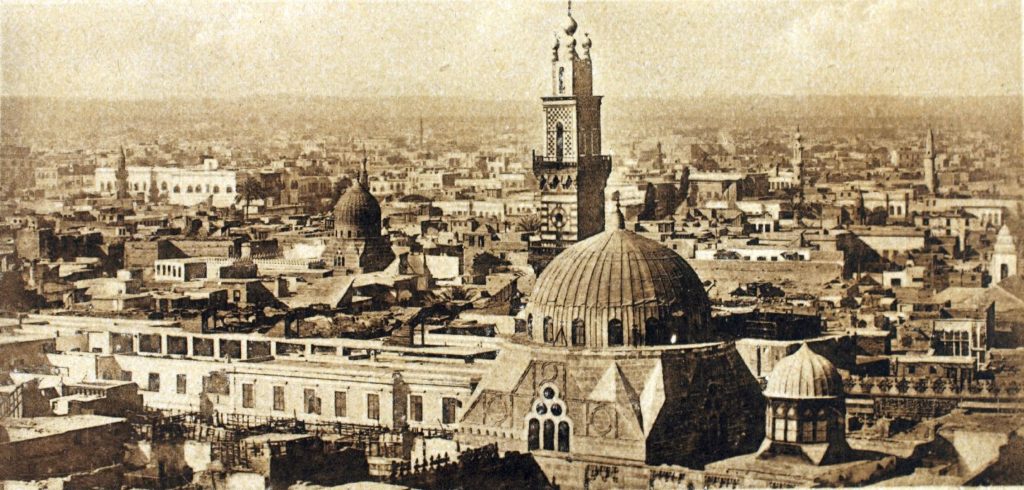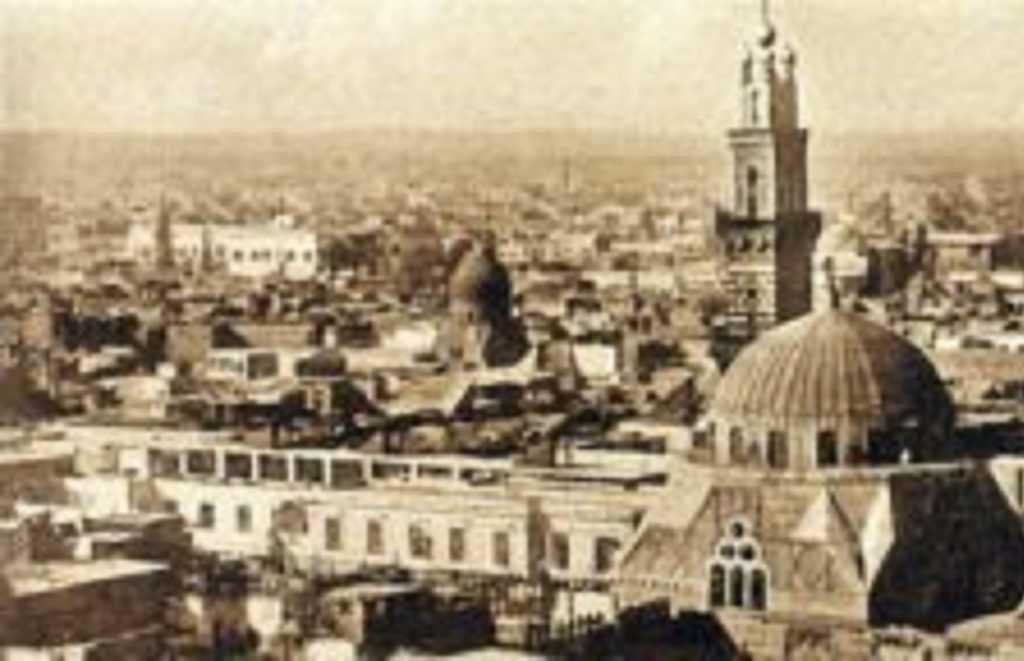Provocation
In his recent book, The Well-Tempered City, Jonathan Rose describes the development of cities from 3100 BC to the present day. I was struck by his description of the “Islamic City”:
“Islam offered the cities it captured a coherent, integrating vision, accompanied by economic and religious freedom that encouraged diversity and contributed to prosperity.” (p.80)
Rose goes on to remark that, in their golden age, Islamic cities exemplified the key qualities of coherence – the ability to integrate systems, programs, departments, and aspirations of a city.
“Islamic culture provided coherence by applying a flexible planning structure that balanced opportunity and pleasure with modesty, spirituality, and altruism. These are also the key qualities of thriving cities today.” (p. 83)
Rose concludes this section by lamenting that the design of today’s Islamic cities “stands in almost complete opposition to the principles of traditional Islamic cities”.
He cites the example of Dubai, with its commercial buildings, automobile-based streets, and sprawling gated communities. Rose describes 21st-century Islamic cities as lacking “a culture that aspires to the humility, wisdom, and compassion that al-Farabi [the tenth century Muslim philosopher] defined as essential to the virtuous city”.

Two criticisms
I will begin by highlighting two critiques of Rose’s views on ‘Islamic cities’, before addressing his wider point in more detail.
- Rose falls into the orientalist trap of oversimplifying and stereotyping cities across the Muslim-majority world and bundling them under the label of “Islamic cities.” This is neither a new nor a recent debate. The best source on it is the great scholar of urban sociology, Janet Abu-Lughod. In several of her works, she refutes the Orientalist notions that Islam is essentially an urban religion and that there is a unified physical typology for an Islamic city centered around the mosque, souq,, and hammam (both of which Rose makes in the book).
- Even if we were to accept the label of “Islamic cities,” a city like Dubai, which has never claimed to be modeled around the values of Islam, would not be called an Islamic city. Kuala Lumpur or Sharjah may have provided more meaningful 21st-century comparisons to 10th century Baghdad or Damascus.
Values-based planning
Let’s take a step back. Rose begins his book with an interesting point:
“The world’s first cities were founded on sacred sites, built around temples, and often designed in a plan that, like Bach’s music, was organized to reflect the architecture of the universe. They were filled with art and sanctuaries, animated with ceremonies that gave meaning to the lives of their inhabitants.
…
Today’s cities are technical marvels, reflecting civilization’s enormous scientific strides….Yet most of our cities have lost their original higher purpose.” (pp. xii – xiii)
Rose points to the fact that, in the distant past, many cities, “Islamic’ or otherwise, were purposely planned to achieve goals that transcended worldly power and physical wealth. His discussion on “Islamic cities” falls into this context, as he highlights some of the values which shaped Islamic cities and how they were reflected in physical form (e.g., shaded pedestrian streets and private homes).
The main values which Rose highlights related to the Islamic city are economical and religious freedom, collaboration, the pursuit of knowledge, humility, and external modesty coupled with internal spiritual splendor. I expect that these values, at least the first four, would be a surprise to many of Rose’s readers, given that Islam is associated with the exact opposite values in today’s media. It is also praiseworthy that Rose bases his analysis on values rather than on specific laws or regulations, as is often the case with more superficial analysis.
Questions
Reading the above sections of Rose’ work raised (or maybe crystallized) a number of questions for me. What is the full range of Islamic values that relate to city planning? How have these materialized in Muslim-majority cities and regions across time, in physical form and, equally, in sociological and governance aspects? What can the cities of today, in the Muslim world and worldwide, learn from cities of the Islamic golden age in terms of fostering coherence and collaboration in diverse communities?
Answering these questions will require an in-depth understanding of the development of cities like Cairo, Damascus, and Baghdad, away from stereotypes of ideal or uniform ‘Islamic cities’. It is unfortunate that all three of these cities are facing significant political, social, and economic turmoil (to put it lightly). One could argue, as people like al-Sabouni have, that this is at least partly caused by the absence of Islamic values in their recent urban planning and governance practices.
Given the scarcity of academic literature on planning practice in the Arab world, the above endeavor is by no means a simple one. Nevertheless, it may prove invaluable for the planning of existing cities and new cities and for the reconstruction of ancient cities.

